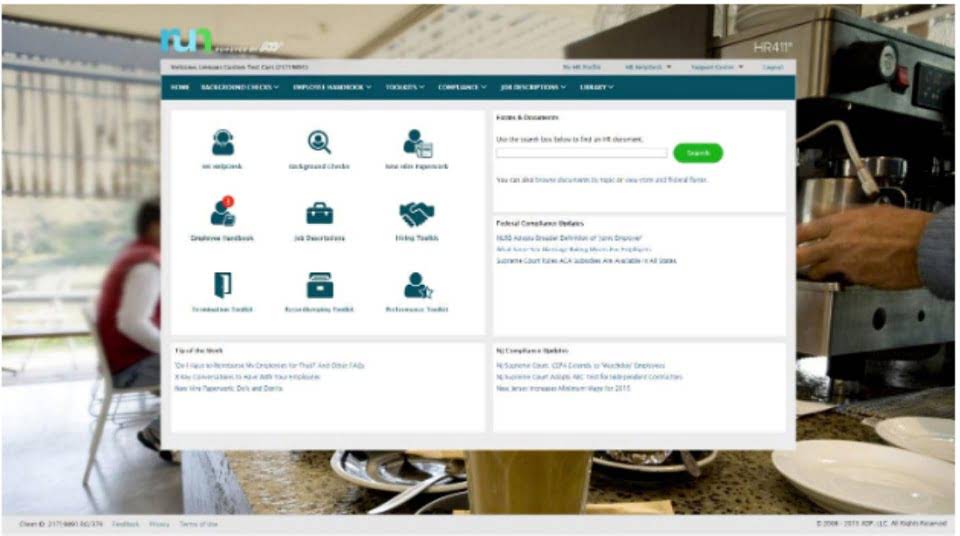
In some situations, this may persuade clients to forego the retainer entirely. They are virtually always only available for certain aspects of a project. Identify items you’re concerned about and consider negotiating them with your client. You may be able to offer an alternative to retainage, such as a letter of credit, surety bond or retainage bond. virtual accountant Developers are beginning to recognize the impacts of cash flow on productivity and project success. Staying on top of retainage is part of maintaining a financially healthy construction business.
When can I file a mechanics lien for retainage?
However, this can change depending on how complicated the project is and what is normal in the industry. This percentage represents the portion of each payment due to contractors and subcontractors that will be withheld until the project reaches its completion. If you’re not sure how retainage affects your taxable income, an experienced small business tax accountant can help you prepare an accurate return. Even now, retainage serves as a financial incentive for general contractors to finish each construction project on time and for subcontractors to do their best work.

The Ultimate Guide to Lien Waivers in Construction
In cases where subcontractors aren’t paid in full, they can file for a mechanic’s lien to make sure they get paid. Banks take liens seriously, and the owner might have difficulties refinancing if they don’t take steps to remove the lien. Retainage has several implications for cash flow management and financial reporting, making it an important consideration in construction bookkeeping and accounting. When examining and agreeing to a budget for your next construction project, whether public or private, there are certain factors to consider as a contractor. This provides a strong incentive for property owners and others involved in the payment chain to get retainage disputes settled.
- A liability account generally represents the amount of retainage that the entity has withheld but has not yet paid to contractors or subcontractors.
- Although a controversial topic, retainage is commonplace in the construction industry.
- However, individual states may set varying restrictions on what types of retainage agreements are allowed.
- Now that we understand the purpose of retainage, let’s move on to explore how the retainage percentage is determined in construction projects.
- Use our color coded map to learn about the retainage requirements that may affect your next job.
Financial Protection for Project Owners

One way to safeguard yourself from this risk is to take the time to understand your local and state laws pertaining to retainage. Once substantial completion is achieved all the contractors on a job will normally put in retainage billings. On large projects, if you were one of the first contractors working on the project, you could end up waiting years for your retainage billing. In situations like these, we would suggest you attempt to get a retainage reduction rider included in the project with the owner.

Retainage Laws
In other words, if you send the required preliminary notices within the time they need to be sent, then you are protected — and that includes any withheld funds. And so, beginning with the Office of Federal Procurement Policy’s urging in 1983, federal and state governments started passing laws governing and limiting retainage. The federal government was one of the firsts to address this, and has a number of limitations on how much money can be withheld from contractors on federal jobs. It’s pretty common for the parties to include some retention agreement within their construction contract. In fact, most of the popular form contractors (such as the AIA documents or ConsensusDOCS) contain retainage agreement provisions. A retention bond is an agreement stating that in exchange for not withholding cash retention, a construction business will pay the premiums of a bond that takes the place of retainage funds.

How Much Cash Does a Subcontractor Need to Start a New Job?
A process that can create challenges for subcontractors throughout the construction process. If you choose to use payment applications retainage in construction than they must clearly reflect the correct retainage amount withheld. This new regulation aims to shorten the time it takes to release retainage for private building projects that have complied with significant completion conditions. According to the law, when a private commercial construction project is valued at $150,000 or more, the owner may withhold retainage of no more than 5% of the total contract amount. Before the construction contract is finalized and a job begins, every party should be clear on the details and expectations related to retainage. Throughout the job, you’ll want to stay in communication with owners, subcontractors, and vendors to make sure everyone is on the same page in terms of progress, payment status, and any changes in job scope.

Best Practices
What this means is that general contractors may have to wait a couple of months for full payment, while subcontractors may have to wait up to 5-months or longer. You’ll wait Certified Public Accountant even longer if your portion of the job was completed in an earlier stage of the project. Don’t be surprised if you see the ball drop on NYE before you see your retainage money. Unfortunately, it’s also possible that you never receive full payment at all.
Retention in construction refers to a portion of the payment withheld from contractors or subcontractors until project completion. Typically, this is a percentage of each payment, usually ranging from 5% to 10%. It is a financial safeguard for project owners to ensure the contractor completes the work to the agreed standard.
- While it offers significant benefits, managing retention effectively is crucial to avoid cash flow issues and disputes.
- For example, they may finish their job in the first month but must wait another ten months for the entire project to be completed before being paid in full.
- The amount of retainage gets specified before the construction work starts in the construction contract itself.
- That way you can calculate the amount of retainage being withheld from certain areas of the work.
- The purpose of retainage is to protect the project owner’s interests by giving them leverage and financial recourse in case of issues such as delays, defects, or non-compliance with specifications.
- Don’t hesitate to clarify things with your legal department or a qualified construction law attorney – you’ll thank yourself later.
- By withholding a portion of the payment, project owners can safeguard against substandard materials or workmanship, incentivizing contractors to focus on quality throughout the project.
In some cases, retainage is withheld until the entire project is complete. In others, it is released in several portions as the project progresses. Often, this is done by assigning retainage release to certain milestones. While retainage may seem to give you little-to-no control over ensuring you receive full payment for your completed work, that’s not necessarily the case. Both the client and the contractor must agree on the amount of retainage before the project begins.
